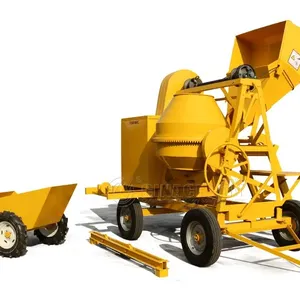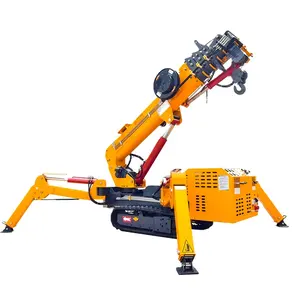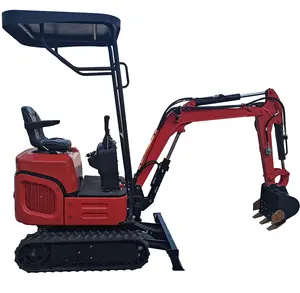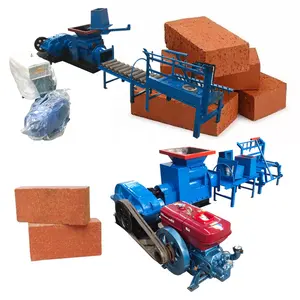Popular in your industry

























































Related Searches:






















































































































































Top categories
About amphibi excavator
An amphibious excavator is designed to operate on land and in water, making it well-suited for various marine and wetland applications. It is equipped with special features that enable it to efficiently navigate through water bodies while maintaining the functionality of a typical excavator. These excavators are often used in projects involving dredging, shoreline construction, and wetland restoration. They are a valuable asset for industries such as construction, mining, and environmental engineering.
How does an amphibious excavator work?
Amphibious excavators are characterized by their ability to float and move in water while performing excavation tasks. This capability is achieved through the integration of pontoons or specialized tracks that provide buoyancy and stability. The excavator is designed to distribute its weight evenly, preventing it from sinking or getting stuck in soft or muddy terrain when operating in water. The tracks or pontoons are equipped with propulsion systems, such as paddle tracks or propellers, allowing the excavator to move forward, backward, and turn in water. Additionally, the hydraulic system, which powers the excavator's arm and bucket, is designed to withstand water exposure, allowing for efficient dredging and excavation operations in aquatic environments.
What are the applications of an amphibious excavator?
Amphibious excavators are commonly used in various applications, including dredging, environmental projects, and infrastructure development. In dredging, these excavators prove effective for removing sediment and debris from water bodies, such as rivers, lakes, and ponds. The ability to float and navigate in water enables them to reach areas that are inaccessible to traditional land-based excavators. Amphibious diggers are also utilized in wetland restoration projects, where they can be employed to create or restore habitats for aquatic and plant species. These excavators are valuable for building and maintaining waterfront structures, such as bridges, ports, and levees. In the mining industry, amphibious excavators are used to extract minerals from underwater mines, contributing to efficient and precise excavation operations. Moreover, these excavators are deployed in disaster response scenarios, such as the cleanup and restoration of areas affected by floods or tsunamis. Their versatility and ability to operate in challenging environments make them a valuable resource for addressing environmental and infrastructural challenges.
What are the advantages of an amphibious excavator?
One of the primary advantages of an amphibious excavator is its versatility. The ability to operate both on land and in water allows it to be used in a wide range of applications, making it a valuable and cost-effective piece of equipment. These excavators are designed for enhanced stability and buoyancy, enabling them to navigate through soft and marshy terrains without getting stuck. This capability is particularly advantageous in wetland and swampy areas where traditional excavators may struggle. Furthermore, the mobility of an amphibious excavator on water significantly reduces the need for additional equipment, such as barges or pontoons, simplifying the operation and logistics of projects in aquatic environments. The amphibious design promotes environmental sustainability by minimizing the disruption of sensitive ecosystems during construction or dredging activities. In terms of efficiency, the amphibious excavator's ability to access remote or hard-to-reach areas streamlines the completion of tasks, contributing to overall project success. The amphibious excavator for sale offers a valuable asset to various industries, combining the capabilities of a conventional excavator with the adaptability to navigate through water bodies and challenging terrains.














































